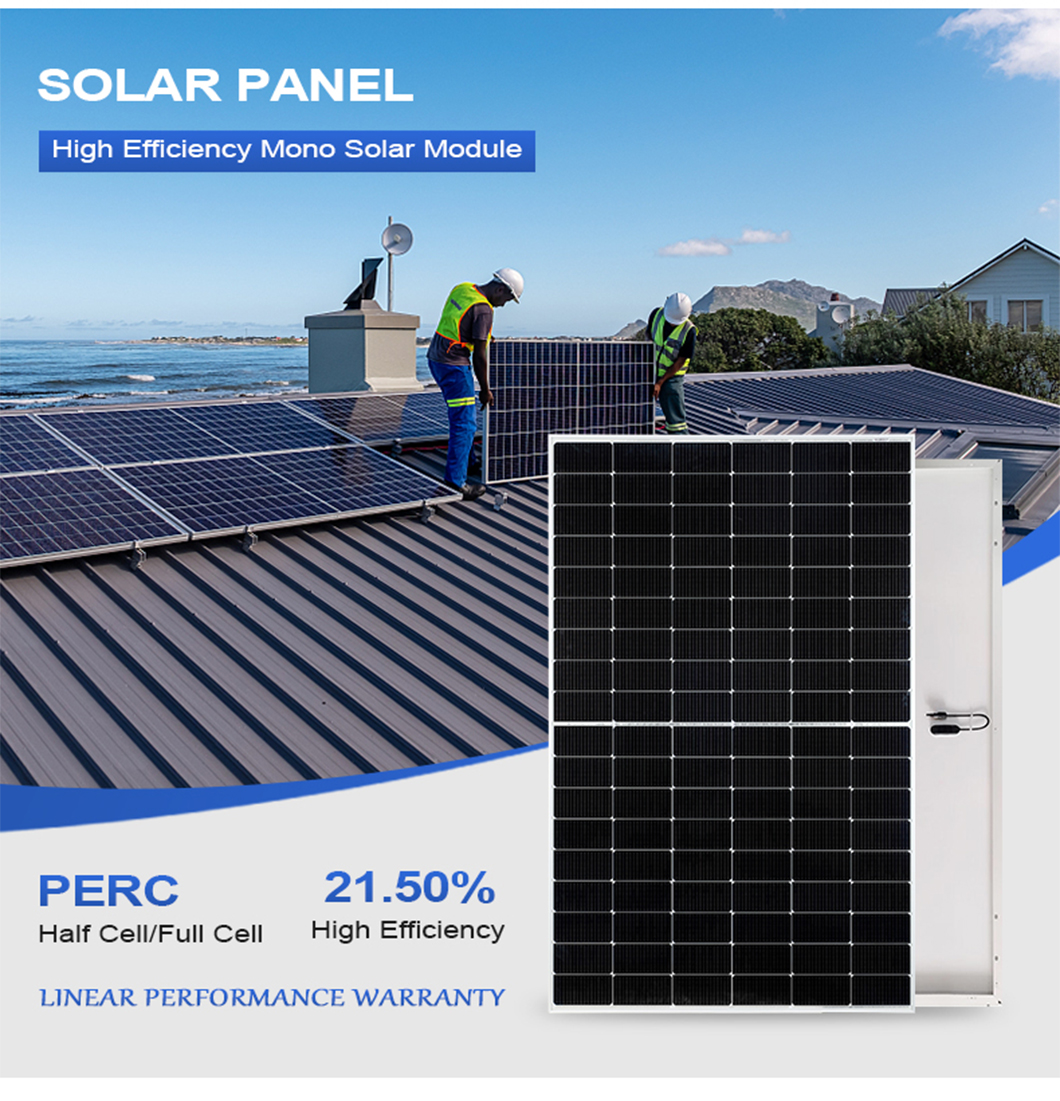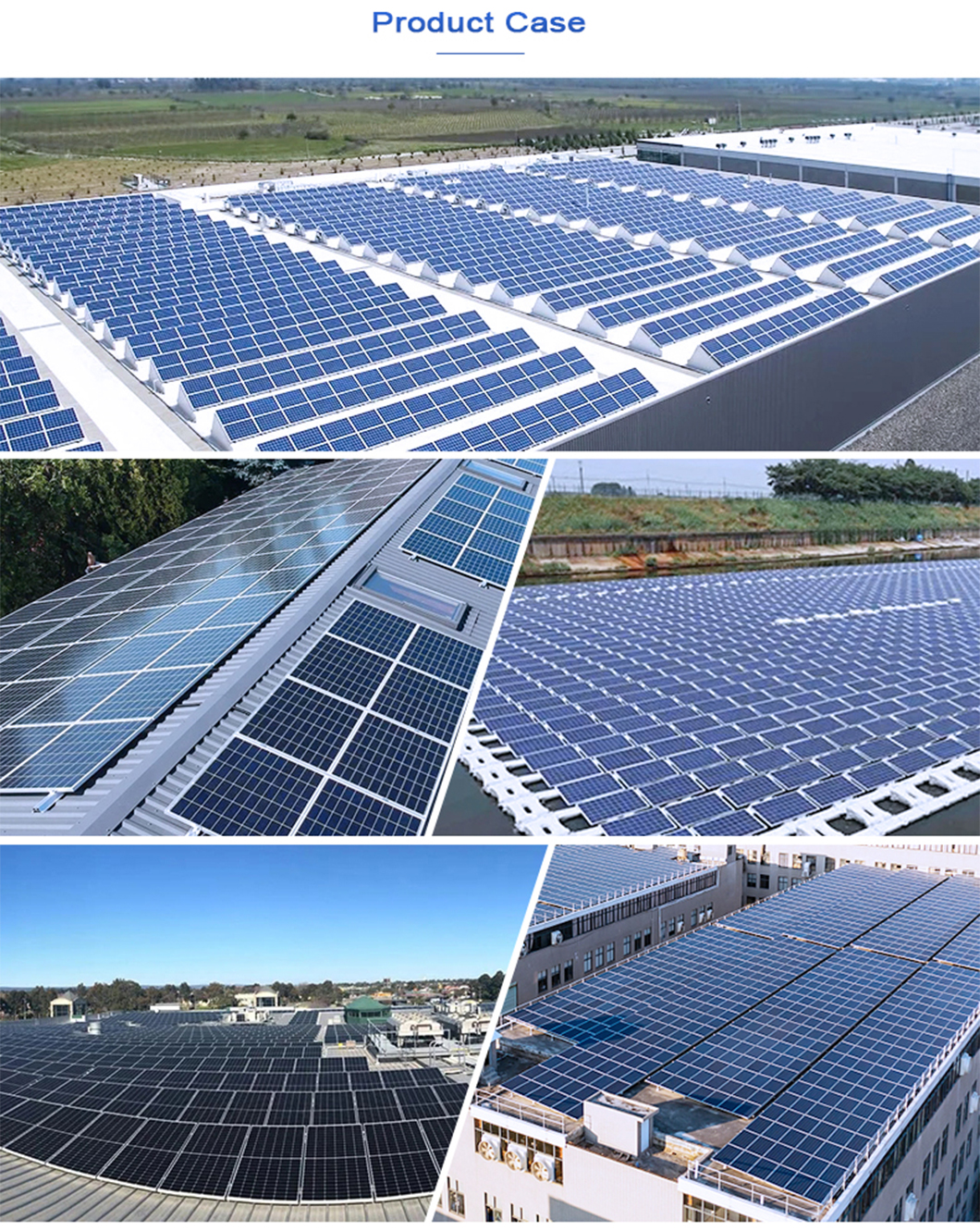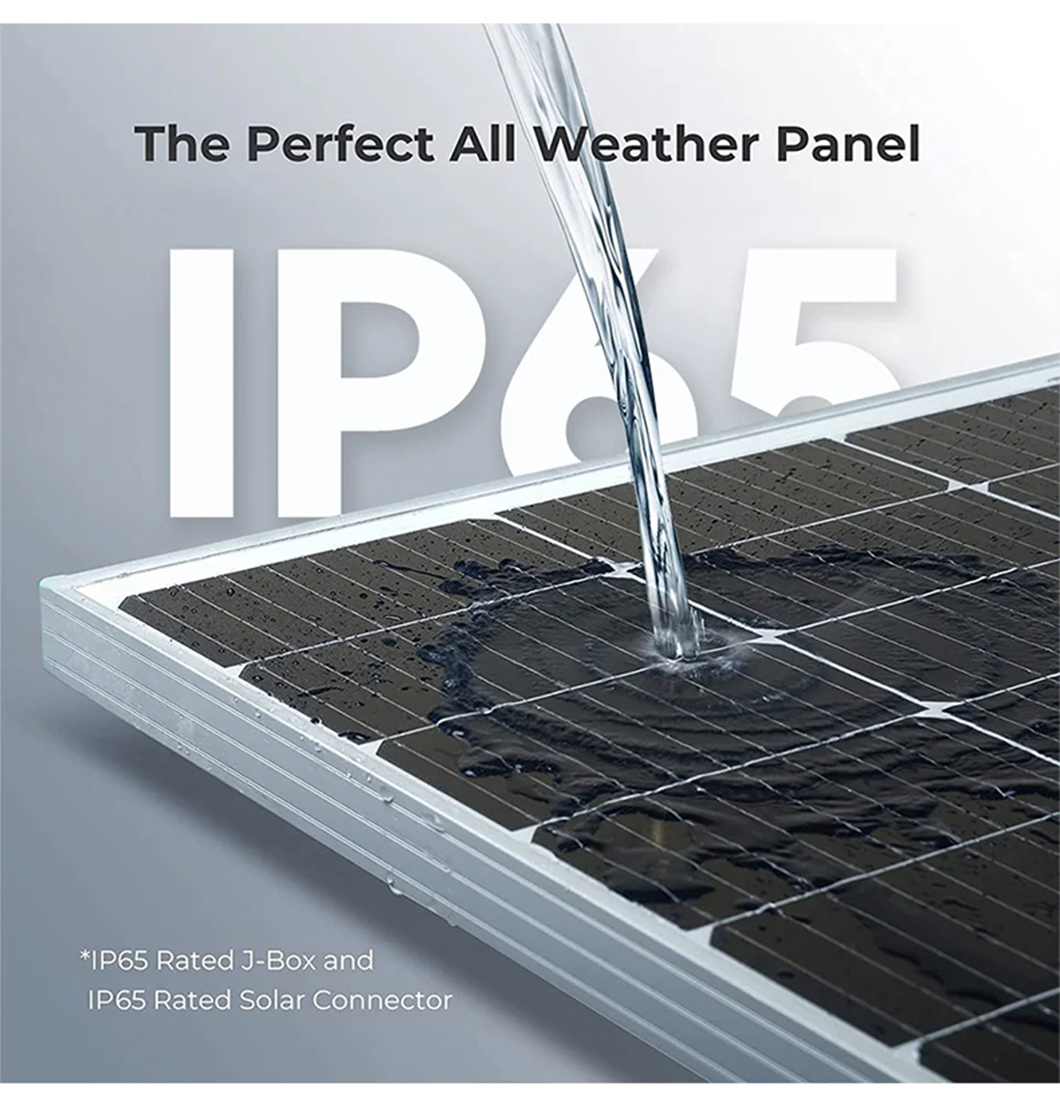To determine which solar panels are best, we evaluate thousands of solar panel models from hundreds of manufacturers quoted through the Marketplace. Here's how we compare them:
All of the best solar panels on our list include premium monocrystaline solar cell technology.Monocrystalline solar cels are made from a single crystal of slicon instead of many silicon fragments meltedtogether, like in polycrystalline cells.Single crystal cells convert sunlight to electricity more efhciently than those made with silicon fraamentsmaking monocrystalline solar panels more efhcient than polycrystalline solar panels. Monocrystallinepanels are typically black and have a higher price tag, whereas polycrystaline cells are blue and moreaffordable. A few installers still carry polycrystalline panels for home systems, but the price advantage isminimal compared with monocrvstaline panels, and the differences in performance and ifespan makemonocrystalline panels the clear choice.

2.Solar panel efhciency and output
The best way to assess a solar panel's performance is to look at its power output and efhciency.Poweroutput refers to the amount of electricity a solar panel generates under standard test conditions. Efhciency measures how well solar panels convert sunliaht into electricity, to rank our solar panels, we primarily lookedat power output per square foot. This metric is the best way to directly compare solar panels side-by-sidesince they can vary so much in size.

3.Temperature Coeffcient
Solar panels are like most other electronic equipment: They operate most efhciently in cool temperatures(ideally around 25° C or 77° F). A solar panel's temperature coefhcient measures how much or how little itsproduction drops in hot temperatures. The lower its temperature coeffcient, the better it wil perform.
For every degree above 25° C (or77° F), your solar panel's electricity production wil decrease bythetemperature coefhcient. For example, if your panel's temperature coefhcient is 0.35%/°C, for every one.dearee temperature increase above 25°C(77°F),its electricity production will decrease by 0.35%. lf itstemperature rises to 35°C(95°F),its electricity production will drop by3.5%.

4.Warranty
A solar energy system is a signifcant investment. Choosing a solar panel with a strong warrantyis one of thebest ways to feel confdent that your system will pay off in the long run.
Your solar panel's product warranty (sometimes called the materials or equipment warranty) guarantees themanufacturer will replace your panel if it fails due to manufacturing defects or environmental issues within a specifc timeframe.Today, most solar panels come with a 25-year product warranty.
A performance warranty guarantees that your panels will produce a certain percentage of their original output by a specifed warranty term. Most solar panels offer performance warranties above 80% byyear 25The best are around orabove 90%.
You may also see labor included in your solar panel's warranty. The conditions of a labor warranty varysignifcantly from brand to brand and willikely depend on you choosing an installer that your solar panel company authorizes. lt's also possible that your installer will offer their own work manship warranty coveringlaborcomponents should one of your panels fail.
5.Price
The average 11kW solar panel system costs $20,948. That's a lot of money.lt'simportant to choose solar panels that are high quality and affordable. The best way to evaluate if you'regetting the best bang for your buck is to divide your solar panel's power per square foot (W/sg ft) by its costper watt ($/). The higher this value, the more power per penny you get.
